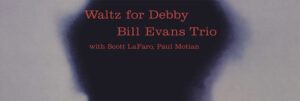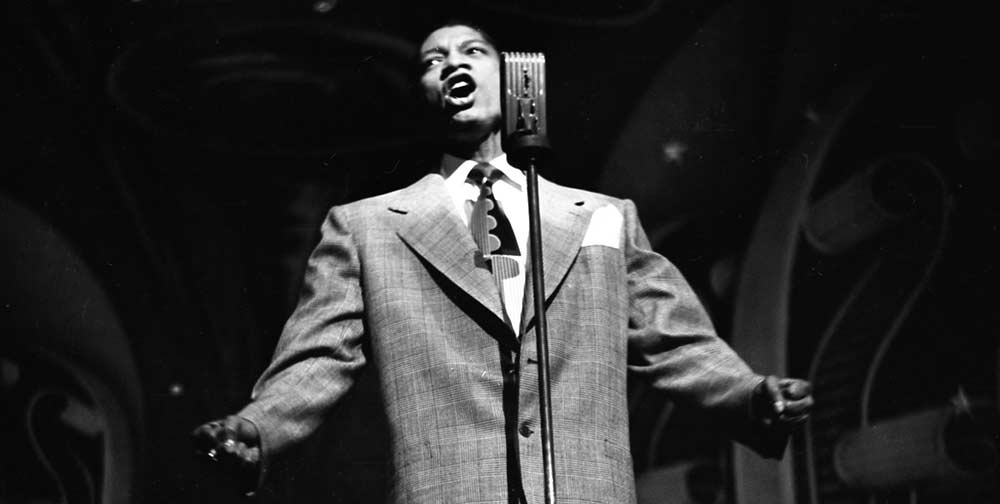“This waltz is fantastic: when you play it slowly; it has an element of gospel… when you play it quickly, it possesses other undeniable qualities. It’s very interesting to discover a terrain that renews itself according to the impulse you give it,” John Coltrane told Jazz Hot magazine in 1962 of his famous jazz waltz recording of “My Favourite Things”.
From bebop and modal jazz to post bop and soul jazz, the 3/4 rhythmic pattern of jazz waltz has recurred across genres. And like Coltrane, musicians throughout the history of jazz have found inspiration in the rise and fall musical movement of the waltz.
While the history of the waltz can be traced back to the European Renaissance with origins in the folk dances of Austria and Bavaria, the triple meter that gives the waltz its bouncing effect only appeared in a handful of early jazz recordings. This included
“Missouri Waltz” by Dan and Harvey’s Jazz Band (1918) and “Jug Band Waltz” by the Memphis Jug Band (1928) but it was really from the bop era onwards that jazz waltz became commonplace.
As early as 1956 drummer Max Roach recorded the album “Jazz in 3/4 Time” for the EmArcy Records label followed by Les McCann & The Jazz Crusaders “Jazz Waltz” in 1963. And while most jazz standards would be written in 4/4 time there are many other examples of those written in 3/4 time such as Miles Davis’ “All Blues”, Bill Evans “Waltz for Debby”, and Wayne Shorter’s “Footprints”.
Here we take a dip into some of the more evergreen jazz waltz records.
John Coltrane

JOHN COLTRANE 1963: New Directions 5LP
Available to purchase from our US store.In John Coltrane’s interview with Francois Postif of Jazz Hot he claimed that his version of “My Favourite Things, the Rodgers and Hammerstein number from “The Sound of Music” was the favourite piece he had ever recorded. “I don’t think I’d like to redo it in any other way, although all the other records I’ve done could be improved by a few details,” he continued. He would record it in a different way of course on a fiery free jazz interpretation from his “Live at the Village Vanguard Again” LP from 1966. But this recording from the 1963 Newport Jazz Festival from the essential “New Directions” box set captures the hypnotic modal beauty of one of the most famous jazz waltzes.
Bill Evans
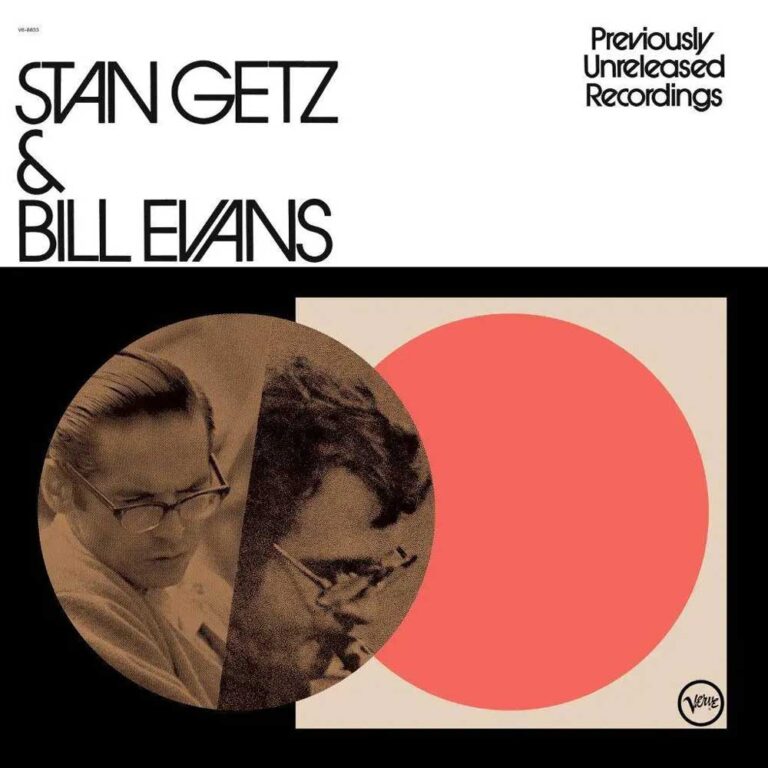
Stan Getz and Bill Evans Previously Unreleased Recordings
Available to purchase from our US store.Pianist Bill Evans loved to play in 3/4 time and is perhaps the musician most associated with the jazz waltz. His most famous, the widely recorded “Waltz For Debby” was just one of many in this style such as “G Waltz” from his “Live at Village Vanguard” album from 1967 and “B Minor Waltz” off his 1977 album “You Must Believe In Spring”. Such was his fondness for the format that he also performed and recorded waltzes written by others. This included the Gene Lees and Lasse Farnlof penned “Grandfather’s Waltz” off Bill Evans & Stan Getz “A Discovery” album for Verve from 1973. Recorded in 1963 with Richard Davis and Ron Carter on bass and Elvin Jones on drums it was reissued as part of the Verve Acoustic Sound Series.
Wayne Shorter
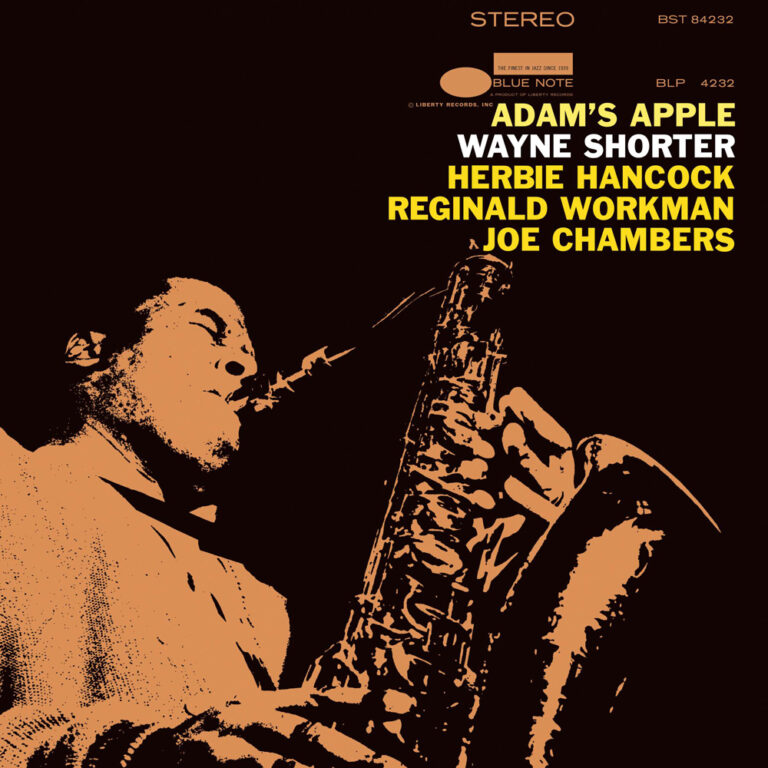
WAYNE SHORTER Adam's Apple
Available to purchase from our US store.Another quintessential jazz waltz that became a standard, Wayne Shorter’s “Footprints” has been recorded by everyone from Miles Davis to Madlib. It first appeared on his 1966 album “Adam’s Apple”, the fourth of five classic albums released on Blue Note between 1964-6. His follow up to “Speak No Evil” from the same year featured one of the saxophonist’s great line ups, with Herbie Hancock on piano, Reggie Workman on bass, and Joe Chambers on drums. Such was Shorter’s fondness for his future jazz standard that he would record “Footprints” a year later for Miles Davis Quintet’s “Miles Smiles”. Other recordings by Shorter in 3/4 time include “Nightdreamer”, the title track off his 1964 Blue Note LP and “Wildflower” off the aforementioned “Speak No Evil”.
Yusef Lateef
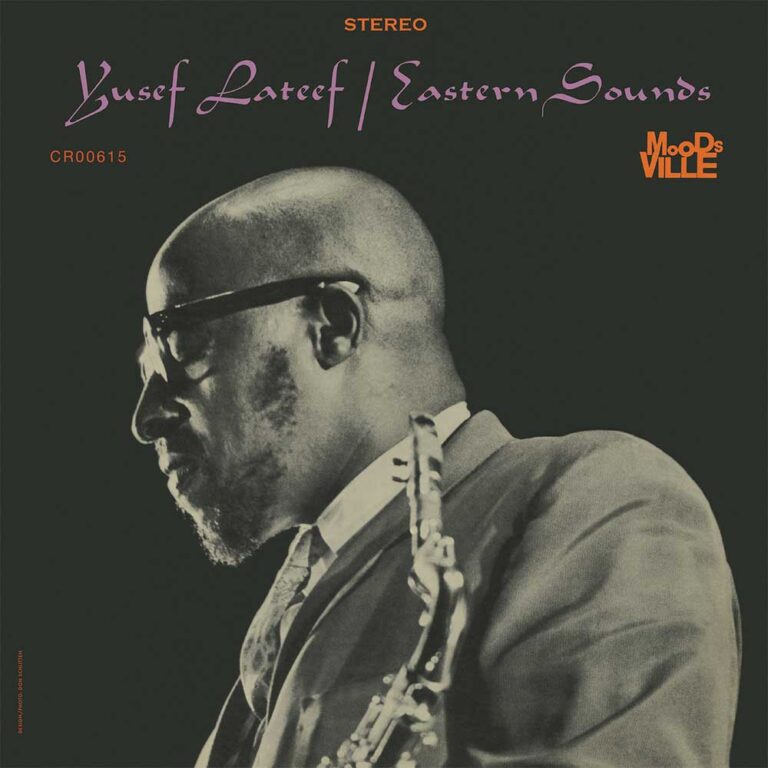
YUSEF LATEEF Eastern Sounds
Available to purchase from our US store.Next to Bill Evans, one of the musicians most associated with jazz waltz is Yusef Lateef who recorded a range of numbers in the format – from “Woodward Avenue” off “Detroit Latitude 42° 30′ Longitude 83°” from 1969 featured on the influential 2002 compilation “Modal And Jazz Waltz (Modal Jazz And 3/4 Time From The Atlantic Vaults)” to “Love Waltz “off his album entitled 1984 recorded for Impulse! In 1965. But perhaps his greatest ever jazz waltzes appeared on his “Eastern Sounds” LP recorded for the Prestige subsidiary Moodsville in 1962 with bassist Ernie Farrow, drummer Lex Humphries and pianist Barry Harris. Two of the pinnacles of modal jazz, the multi-reed player’s sublime interpretations of Alex North’s “Love Theme from Spartacus” and Alfred Newman’s “Love Theme from the Robe’ were part of his exploration of Eastern modes.
Bobby Hutcherson
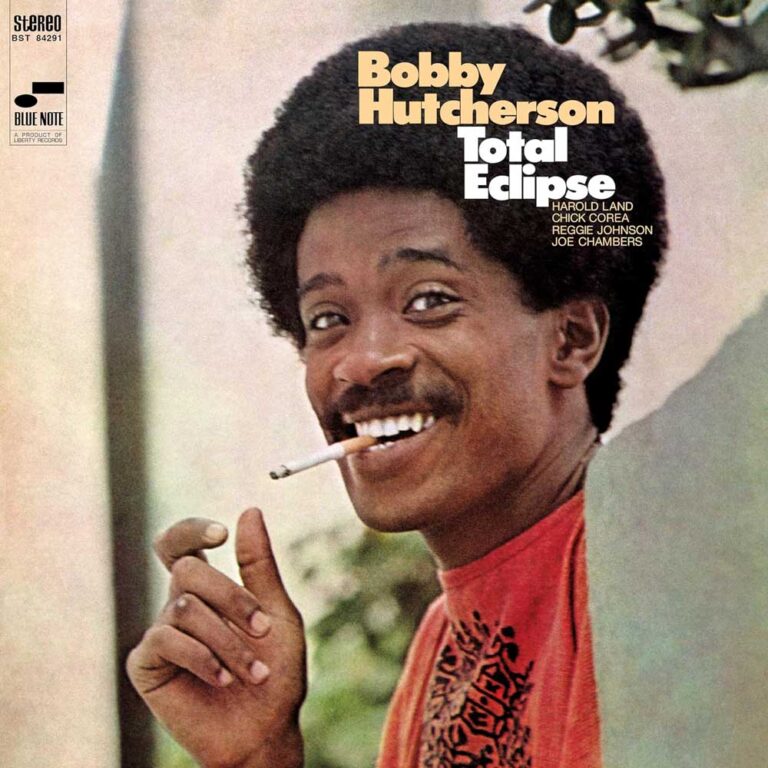
BOBBY HUTCHERSON Total Eclipse
Available to purchase from our US store.There was something about the space, dexterity and tone of Bobby Hutcherson’s vibraphone playing that naturally lent itself to the jazz waltz. Whether recording classics penned by himself such as “Little B’s Poem” from his 1966 Blue Note album “Components”, given a vocal by Dee Dee Bridgewater on her version from the 1974 album “Afro Blue”, or recordings of the compositions of others like Ron Carter’s “Little Waltz” on his “Acoustic Masters II” LP or Fats Waller’s 1942 composition “Jitterbug Waltz” Hutcherson returned to the format again and again. Moving between a gentle lilting waltz and exploratory post bop, “Pompeian” from his 1968 album “Total Eclipse” was one of the many 3/4 numbers he recorded for Blue Note.
Andy Thomas is a London based writer who has contributed regularly to Straight No Chaser, Wax Poetics, We Jazz, Red Bull Music Academy, and Bandcamp Daily. He has also written liner notes for Strut, Soul Jazz and Brownswood Recordings.
Header image: Bill Evans Trio – Waltz For Debby album cover.
